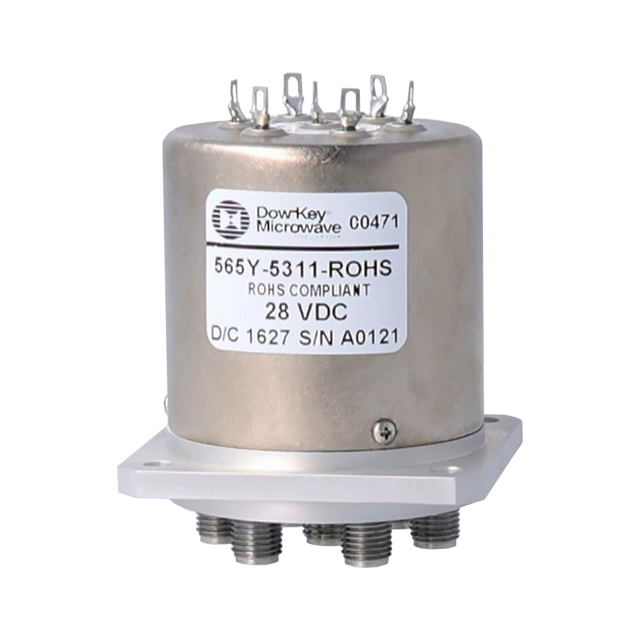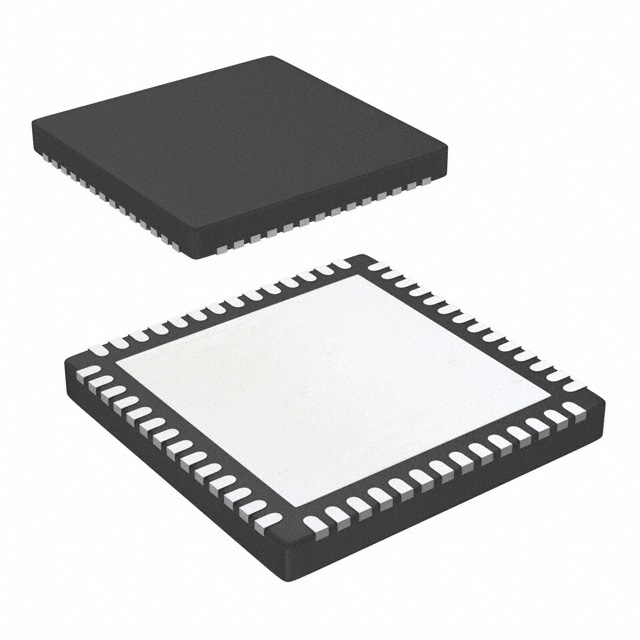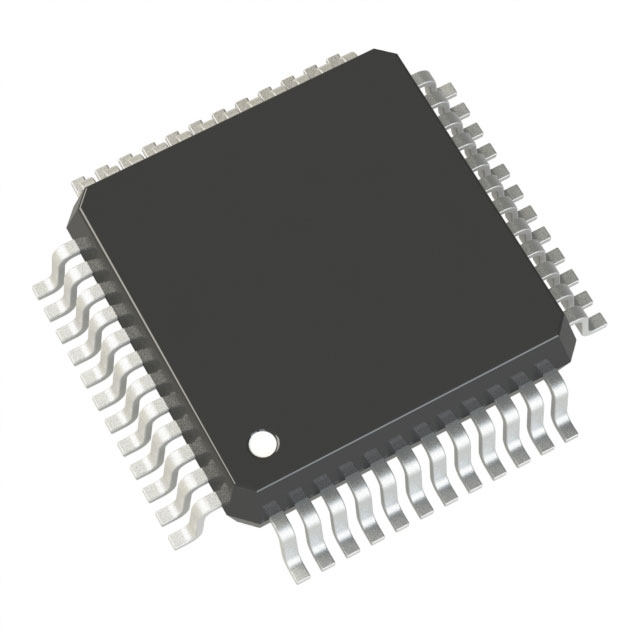
The electronic systems sector navigates heightened complications within the current evolving environment. Ranging from insufficiencies disturbances volatility in globalized sourcing network leading to expedited ceaselessly changing sped-up tech leaps, obtaining device-level assemblies has become multi-faceted. To excel win steer through those very hurdles, an evolved procurement ecosystem is forming revolutionizing the sourcing environment. Such progressive breakthrough elevated platforms harness AI-driven intelligence learning algorithms insight engines to optimize operations rationalize elevate procurement operations, including supplier discovery selection locating on to fulfillment handover shipment.
- Instant sight tracking features watching about holdings stock readiness
- Efficient processes ordering ordering purchasing operations processes
- Analytics-backed analysis-based decision support automated recommendations demand prediction
By strengthening enabling greater openness partnership information sharing among logistics chain, those tools work to help promoting sustaining businesses so they can minimize trim shorten risks, improve enhance efficiency, and achieve procure a competitive-edge forward-looking sustainable advantage.
Cultivating Growth: Establishing a Solid Foundation of Electronic Component Procurement Partnerships
In today's fast-paced electronics industry, the success of any business hinges on its ability to procure essential electronic components efficiently and reliably.
Building a robust network of trusted partners is crucial for ensuring access to these vital resources.
A well-structured partnership ecosystem can offer numerous benefits, including:
- Rationalized acquisition processes that compress time and reduce spend.
- Connection to broader component catalogs and tech options.
- Enhanced inspection and QA from partner collaborations.
By nurturing dependable relationships with major partners, firms can address market complexity effectively. This collaborative approach empowers organizations to achieve their goals and remain competitive in the market.
Small Form-factor Integrated Chips: Advancing Electronic Capabilities
Embedded integrated circuits are driving the unprecedented innovation across the electronics industry. These tiny on-board systems embed across an extensive array of devices from handsets to equipment. Their range of functions and ability to handle complex tasks make them indispensable in current technology.
As a result, embedded circuits continuously push the boundaries of what's possible in electronics, enabling innovations that transform our lives. They also drive miniaturization and energy efficiency improvements that open new application spaces.
- Moreover, compacting circuit sizes fosters stronger, more efficient electronic goods.
- Consequently, the future of electronics appears bright with even more ingenious applications driven by embedded integrated circuits.
The Next Wave: Electronics Technologies and Directions
The electronics world persistently advances with pioneering tech showing up at high velocity. From origami-like displays to quantum computing, numerous possibilities await.
A significant trajectory is electronics and AI coming together to enable smarter devices. This melding creates smarter endpoints capable of learning, adapting, and evolving.
Moreover, the push for green electronics continues to rise. Producers increasingly emphasize recycled components and cutting ecological footprints.
- Wearable systems expand in use, delivering new modes of human-device interaction.
- Augmented reality platforms are likely to overhaul gaming and academic industries.
- Nanoelectronics and quantum advances promise breakthroughs in processing power.

Streamlining Procurement
In the current fast-moving electronics field, efficient component sourcing is essential. Smart sourcing strategies go beyond simply finding the lowest price. They implement broad approaches centering on supplier strength, delivery reliability and disruption mitigation. By applying analytics and automated systems, companies can enhance procurement transparency and management.
A complete smart sourcing approach should integrate the following parts:
* **Supplier Assessment and Choice:** Scrutinizing candidate suppliers for reputation, financial viability, QC procedures and performance history. * **Supplier Contracting:** Negotiating balanced terms that align price and performance with transparent payment and delivery clauses. * **Supply Operations Management:** Establishing resilient systems to track inventory, forecast demand and reduce disruption risk.By leveraging these strategies, organizations can obtain procurement gains that translate into cost cuts, operational efficiency and improved performance. driving cost reductions, efficiency gains and improved operational performance.
Automating Component Sourcing for Efficiency
Within the fast-evolving electronics sector, efficient parts procurement is crucial for firms looking to boost output and remain competitive. Automated procurement simplifies processes, reduces manual steps and provides immediate tracking capabilities. Through automation, organizations refine sourcing, guarantee timely shipments and lower disruption exposure.
Globalized Sourcing for Component Access
In a swiftly changing tech world, component access is fundamental to business operations. Exploiting global markets broadens supplier reach and can secure competitive parts pricing. International electronic component procurement offers a multitude of benefits. Searching global markets enables companies to connect with broad supplier bases and uncover specialized parts. Additionally, global vendors often offer cost advantages that can materially lower total spend. Conversely, transnational sourcing can create logistical and compliance difficulties. Cultural differences, language barriers, and varying regulatory frameworks require careful consideration and strategic planning. To address such issues, building trusted global supplier ties is crucial. Meticulous supplier due diligence is key to secure parts quality and regulatory adherence. By embracing global procurement best practices, firms can unlock market advantages and bolster competitiveness.
Embedded Circuit Selection: Criteria and Advice
As tech progresses swiftly, embedded ICs grow more vital across many use cases. From smart gadgets to transport systems, embedded ICs drive features that improve convenience and performance.
Choosing suitable EICs for designs often proves complex. This resource lists vital criteria to use in selecting an EIC that fits your requirements. Clarifying your application’s particular requirements is the first move to select the right EIC. Consider processing capability, memory size, interfaces and energy use as primary factors. Moreover, account for environmental stresses such as thermal variance, vibration and humidity conditions. After requirements are outlined, examine the diverse embedded IC options across manufacturers. Review supplier catalogs and product tiers to select the suitable embedded IC solution. Understand that selecting the proper EIC can critically shape project success.
Silicon Solutions: Navigating the Complex World of Embedded Integrated Circuits
These integrated chips provide the foundation for many devices, from phones to intricate medical systems. These tiny integrated parts host multiple capabilities on a single die, enabling smooth system operation. Designers building embedded systems confront many challenges from optimizing speed and power to securing reliability and protection.
IoT Transformation: Components at the Core
IoT growth is altering environments in unprecedented ways. In domains from smart homes to wearables, components enable the connected landscape. Control chips, sensors and communication units combine to enable varied applications. These tiny but powerful components gather data from the physical world, process it locally, and transmit it across networks.
With ongoing IoT growth, appetite for advanced components will escalate. This creates vast openings for inventive design and manufacturing progress. Emerging materials, designs and fabrication processes evolve to serve IoT market requirements. The future of the IoT is bright, with endless SPM0408LE5H-TB-6 possibilities for enhancing our lives.
Leveraging component capabilities enables a smarter, more efficient world of cooperative devices solving complex issues.
Environmentally Friendly Electronics Procurement Guide
In the current tech surge, demand for electronics keeps climbing. However, this growth comes at a significant environmental cost. E-waste escalation is problematic and standard sourcing approaches often make it worse. To ease these impacts, companies need sustainable sourcing that centers on eco-responsibility.
- Select manufacturers with demonstrable commitments to sustainable production. Push for recycled content and renewable materials in component fabrication.
- Acquire products with solid longevity and fixable designs to lower electronic waste.
- Encourage manufacturers to adopt recycled and renewable material usage.

Ultimately, adopting green procurement helps build a sustainable future and stimulates industry innovation.